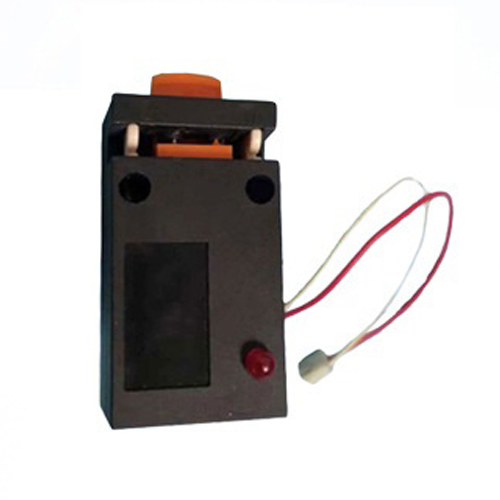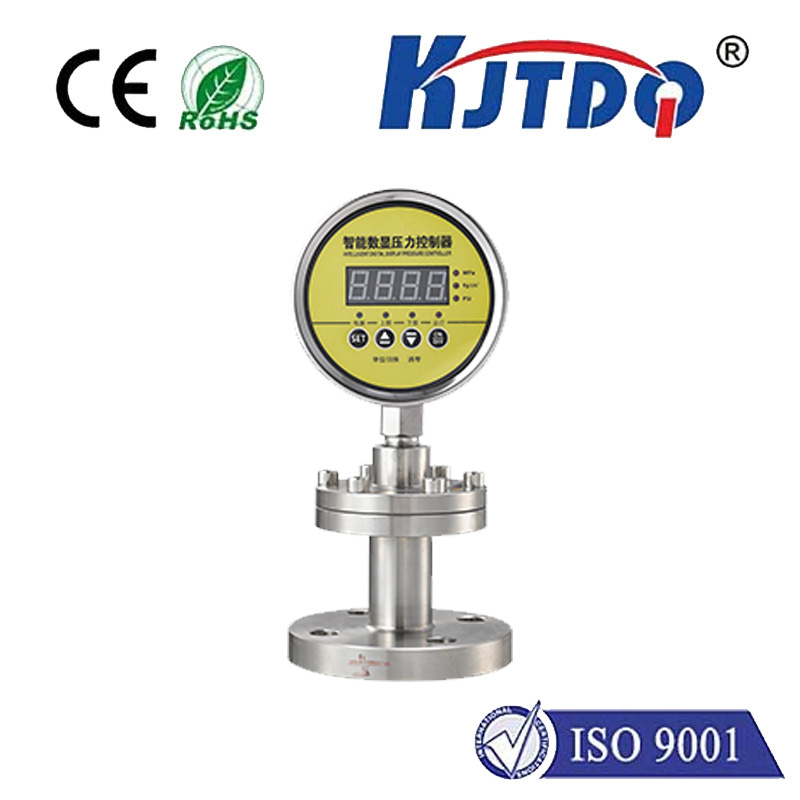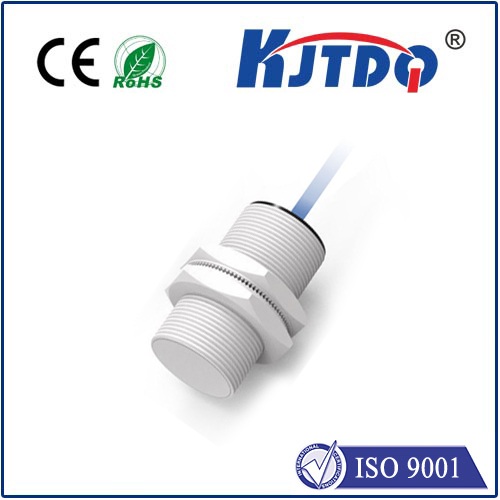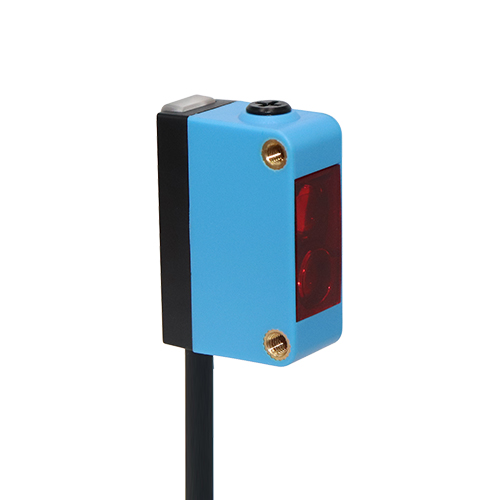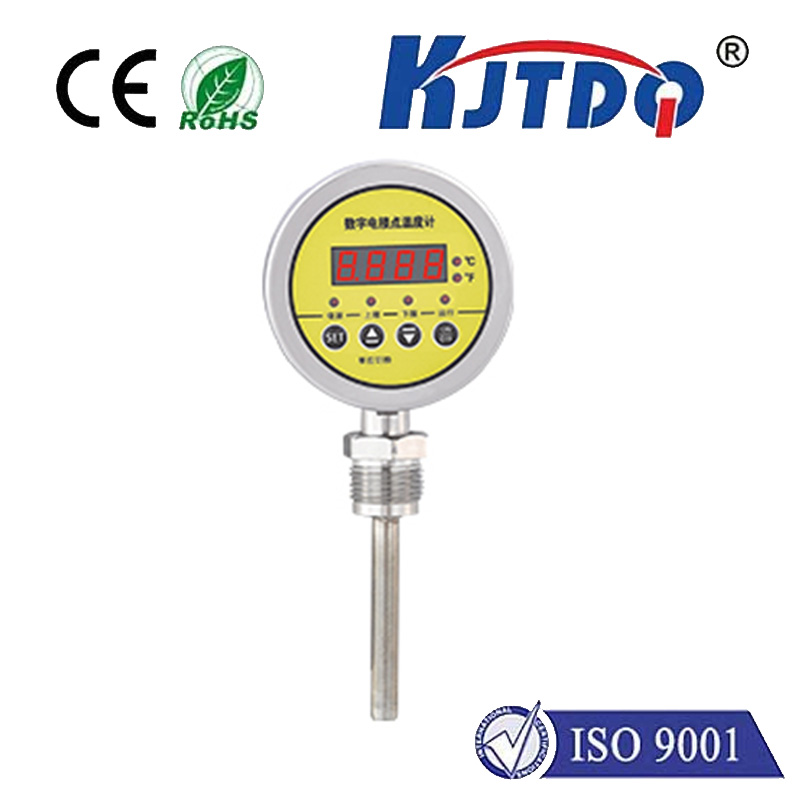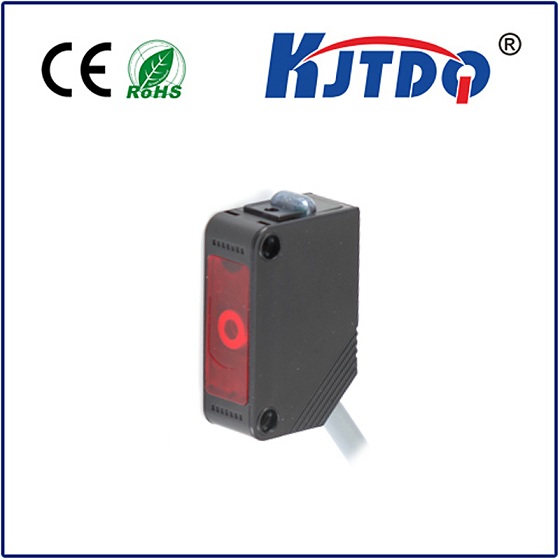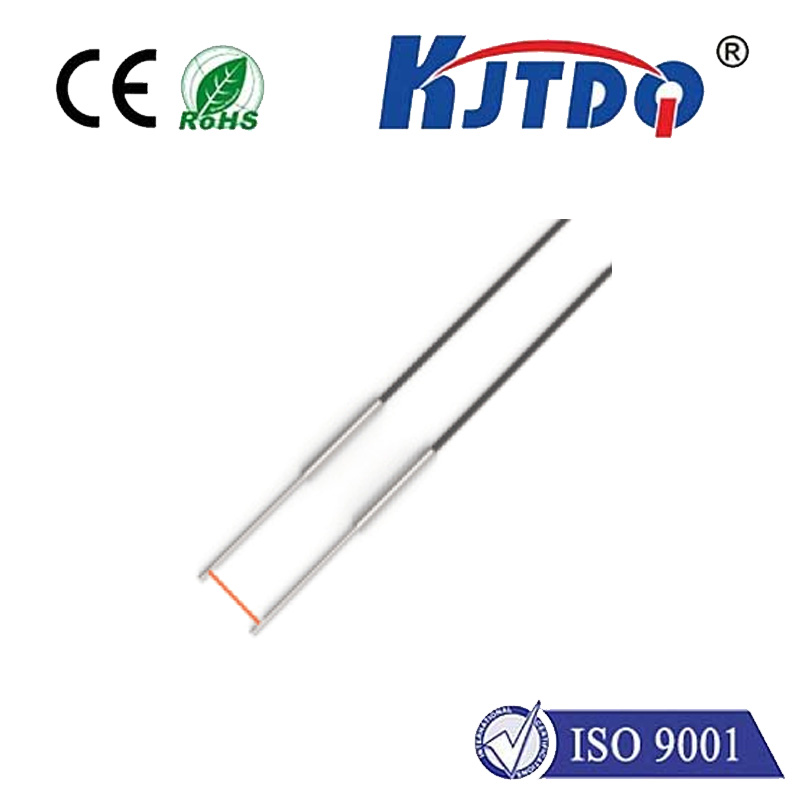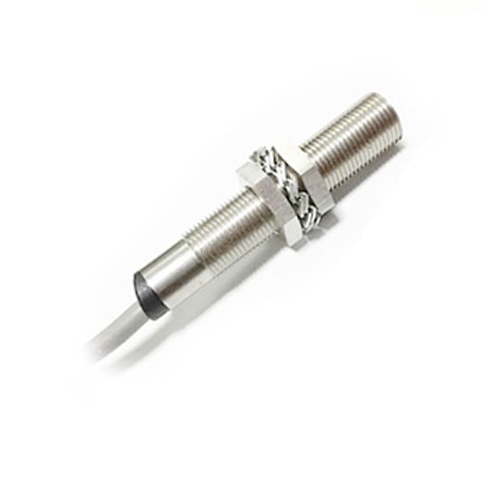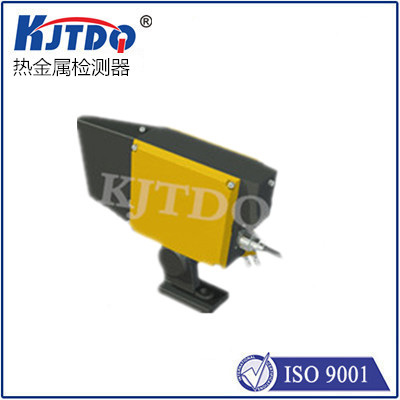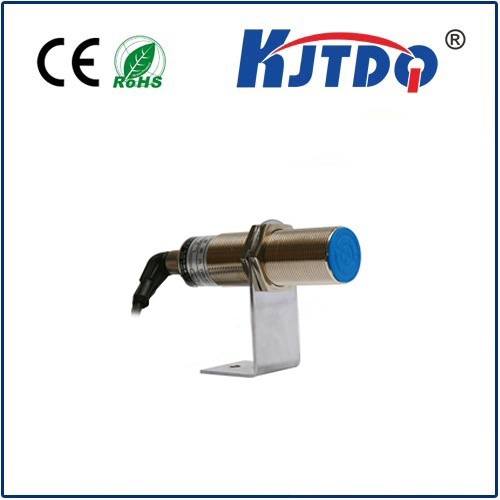

check

check

check

check
In the intricate dance of modern automation, where precision, speed, and reliability are non-negotiable, the ability to detect objects swiftly and accurately forms the bedrock of countless processes. Yet, achieving this consistently, especially within tight spaces and over meaningful distances, presents a persistent challenge. Enter the Omron E3T-FD11 2M Micro Photoelectric Sensor – a compact powerhouse engineered to deliver exceptional long-range detection in a remarkably small footprint. This sensor shatters the traditional compromise between size and sensing distance, opening doors to innovative solutions across diverse industries.
At its core, the E3T-FD11 is a micro-sized, diffuse-reflective photoelectric sensor. Its defining characteristic, boldly stated in its name, is its impressive 2-meter (approx. 6.5 ft) sensing range. This capability is truly remarkable when contrasted with its diminutive physical size. While many miniature sensors struggle to detect beyond a few tens of centimeters, the E3T-FD11 confidently bridges gaps of up to 2000mm, enabling applications previously requiring much larger or more complex sensor setups. This long reach eradicates the need for sensors to be mounted perilously close to moving parts or harsh environments, significantly enhancing system safety and flexibility.

So, how does this micro device achieve such impressive range? The secret lies in its optimized optical system and integrated intelligence. It employs a highly efficient red LED light source combined with a sensitive phototransistor receiver. The advanced optics are meticulously calibrated to project a focused beam and capture even weak reflections from distant targets. Crucially, it features *automatic sensitivity adjustment*. During the initial setup (teaching process), the sensor intelligently analyzes the background conditions and sets its detection threshold accordingly. This built-in intelligence ensures stable performance even amidst varying ambient light or subtle target reflectivity changes, minimizing false triggers and maximizing operational reliability.
The miniature size of the E3T-FD11 (a defining feature of micro photoelectric sensors) cannot be overstated. Its compact housing allows it to be easily retrofitted into existing machinery where space is at an absolute premium. Think intricate assembly lines, compact packaging equipment, robotic arms with limited mounting real estate, or densely packed control panels. Its small form factor enables deployment in locations where traditional sensors simply won’t fit, solving critical design challenges and paving the way for miniaturization trends in automation. Unlike bulky through-beam sensors requiring separate emitter and receiver units and precise alignment, the E3T-FD11 provides a complete, self-contained sensing solution requiring only a single mounting point and power connection.
The real-world applications leveraging the strengths of the E3T-FD11 2M sensor are vast and varied:
Beyond its core features, the E3T-FD11 offers practical advantages. Its visible red LED beam simplifies alignment and troubleshooting during setup. The sensor provides a clearly visible indicator LED showing both power and operational status (light-on/dark-on). Compatible with standard M8 connectors, wiring is straightforward and integrates seamlessly into industrial control systems. The robust construction ensures resilience against common industrial environmental factors like minor vibrations and dust.
In essence, the Omron E3T-FD11 2M Micro Photoelectric Sensor represents a significant leap in sensing technology. It perfectly embodies the concept of “doing more with less.” By combining an exceptionally long sensing range with an ultra-compact design and intelligent sensitivity control, it overcomes traditional limitations. For engineers and system integrators designing the next generation of compact, efficient, and intelligent machinery, the E3T-FD11 offers a powerful, reliable, and space-saving solution capable of tackling demanding detection tasks over distances once thought impossible for its size. It proves that when it comes to reliable automation sensing, sometimes the smallest components deliver the most significant impact. “`
